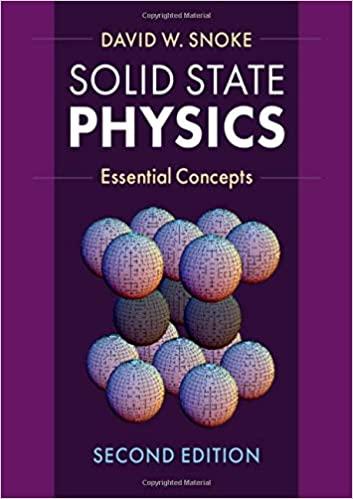The change of basis function for the orthoexcitons from xz, yz in O h symmetry to L
Question:
The change of basis function for the orthoexcitons from xz, yz in Oh symmetry to Lx, Ly in D4h was allowable because these functions transform the same under all D4h symmetry operations. The paraexciton basis function changes from (x2 − y2)(y2 − z2)(z2 − x2) in Oh to just (x2 − y2) in D4h. Show that if you keep the full, original basis function for paraexcitons in the Oh group, it does not change the selection rules in D4h symmetry for k(vector) along [100] or [110].
Note that when the symmetry is changed, matrix element integrals of the form (6.10.9) must have the integration over z changed to going from −L′ to L′, where L′ is different from L in the other two directions. Show that for the paraexciton state, if L′ = L, the quadrupole matrix elements to this state vanish, in agreement with the selection rule deduced for Oh symmetry.
Step by Step Answer:






